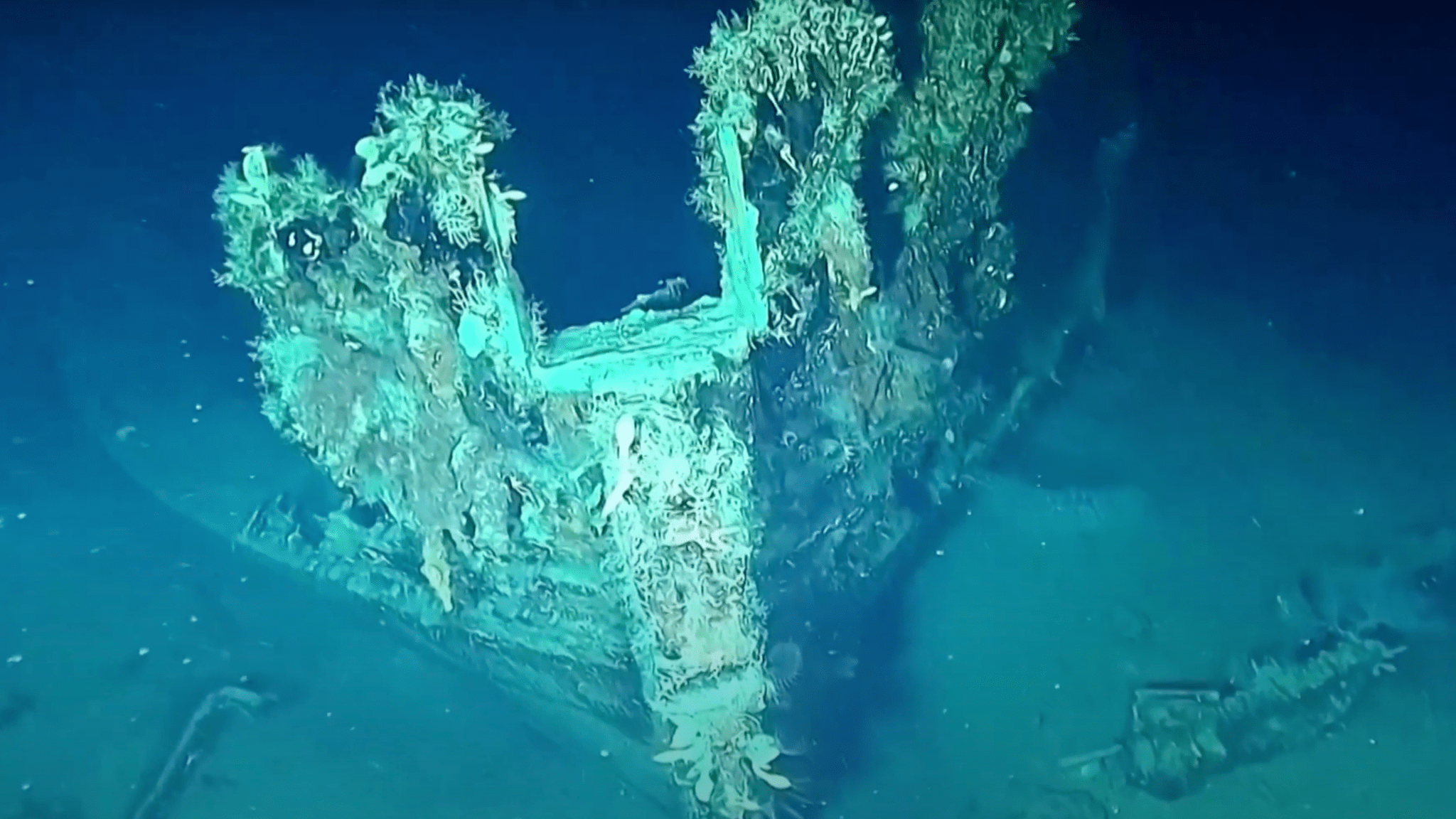During the summer, Cartagena attracts many visitors eager to explore its historical center, stroll through its narrow streets with brightly colored houses and nibble on fresh ceviche on the white beaches or while gazing at Fernando Botero’s sculptures on the plaza. What these travelers might not know is that about 600 meters beneath the waters along Cartagena’s shore lies one of the world’s most valuable shipwrecks. Literally full of treasure, it has been a subject of contention among different nations and groups for decades.
In 1705, the San José, a Spanish galleon carrying the riches from “New Spain,” departed from Portobelo—today’s Panama—heading to Cartagena, Colombia. Once on the open sea, the ship sank after a confrontation with British warships, and for more than three centuries, the San José’s fate, along with that of the 200 tons of gold, silver and emeralds in its hold, was a mystery.
In the 1980s, an investment group from the U.S., the Glocca Mora Co. operating under the name ‘Sea Search Armada’ (SSA), claimed to have found the shipwreck, but Colombia refused to sign a 65/35 percent share offer and refused SSA permission to conduct salvage operations at the wreck site. This first confrontation led to a legal dispute after the government declared the country’s rights to all the property, leaving private companies like Glocca Mora just 5 percent in the event that they actually found it.
On December 4, 2015, Colombia’s then-president, Juan Manuel Santos, announced that the Colombian Navy found the shipwreck in a wholly different spot thirty miles off the Colombian coast with funding from private firms and assistance from archaeologists, who identified it by its bronze guns cast with dolphins. Manuel Santos initially promised a $17 billion investment in the operation to both recover the ship and its contents and to build a museum in Cartagena to showcase them. This is a considerable amount but probably reasonable given that the treasure alone has been valued at around $17 billion.
The galleon was en route to Europe when it was discovered by the British during the War of the Spanish Succession. It was carrying treasure owned by the Viceroyalty of Peru and artifacts from the Far East, such as precious Chinese ceramics—evidence of early transpacific global trade connecting the Americas with Asia through the Manila-Acapulco route. Given this cargo, the galleon has often been referred to as the “Holy Grail of Shipwrecks.”

The archeological operations only kicked off last May, but by the end of the month, Colombia was getting closer to revealing the secrets of the ship and its treasure, using a remotely operated robot to scan and photograph the wreck’s contents. It was the first step in a government-run mission that could last a year. However, San José is now at the center of a tangle of international disputes over legal ownership. Colombia, of course, claims it, as the ship sunk in its waters. Spain claims it because the galleon was sailing under the Spanish flag. Several Indigenous groups claim the cargo, as those items were likely looted. And then there’s the previously mentioned American company, which is still claiming they found the ship first back in 1982.
SEE ALSO: One Fine Show – Josh Kline’s ‘Climate Change’ at LA MOCA
Meanwhile, the project has become one of the primary focuses of Gustavo Pedro’s cultural strategy and presidential campaign—this important scientific artifact could enrich Colombian knowledge of its national identity and the decolonization of its heritage. The next step in the country’s recovery plan is to gather samples and send them to laboratories in Cartagena for analysis before they become part of the core collection of the museum being built in the city. A commitment has been made that the Indigenous and Afro-Caribbean communities will receive a portion of funds generated via ticket sales.
However, the excavation is a challenging project that will require time, expertise and funds that Colombia may not be able to gather in time. Other concerns are the lack of a long-term strategy and proper expertise in marine archaeology. Moreover, there’s no guarantee that the salvage mission will continue after Gustavo Pedro’s presidency, especially if the operational costs exceed the approved budget of $4.5 billion. While the president has held up completing the operation as a national priority, delays could allow other countries or private treasure hunters to step in and take over.

